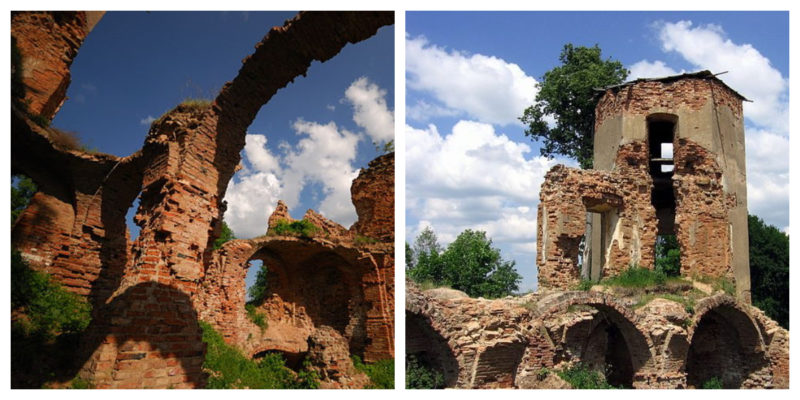Although mostly in ruins, Halshany Castle still enchants with its beauty. The remains of the once remarkable medieval structure has a picturesque appearance that captivates visitors just as much as it did in the past. People were inspired by the castle when it was in one piece, but also during the days of its ruined phase.
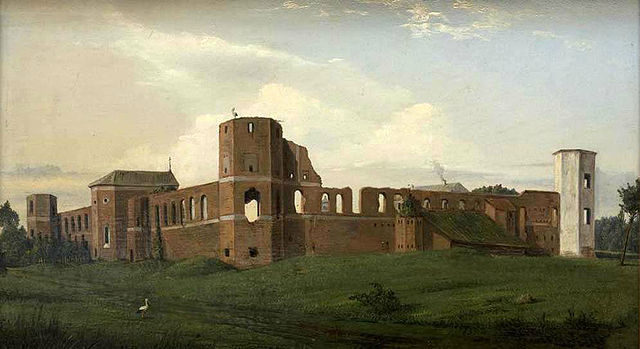
The story of the small town of Halshany (Holszany), located in the Grodno/ Hrodna Region in the northwest of Belarus, begins in the 14th century. At first it was the main seat of the Holszanski princes.
It is an interesting fact that many current monarchs in Europe have distant family connection with this noble lineage. After the death of the last male heir of the powerful Holszanski family in the middle of the 16th century, the property went into the hands of a member of the Sapieha family, who married a woman from the Holszanski family.
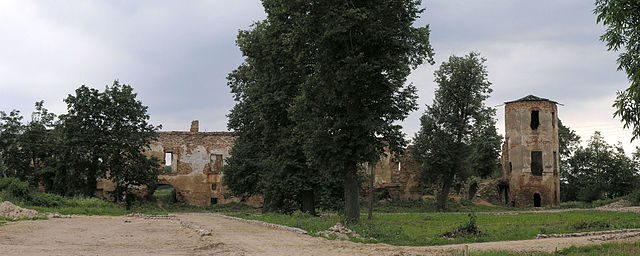
The castle was used as a fortification and as a residence. It was constructed by Paweł Stefan Sapieha between the end of the 16th century and the beginning of the 17th century, on the site of the older castle built by the Holszanski family. The new complex had a similar design to the nearby UNESCO World Heritage Mir Castle: it had high towers at each corner, and at the outer edge of the wall there were a number of residential buildings.
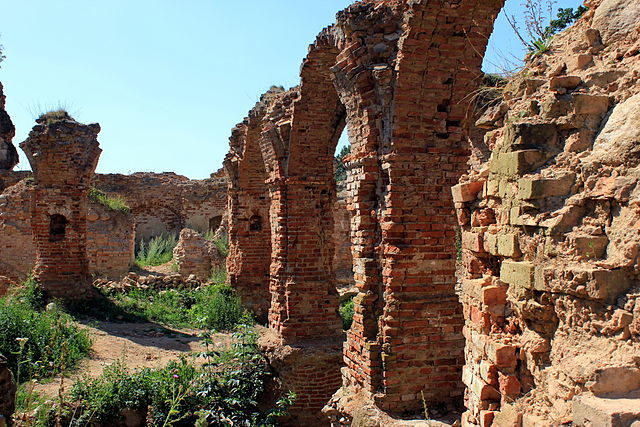
The 17th century was, for the most part, a peaceful century for the region and the walls didn’t have to be used for protection from enemy forces. The owners decided to build outbuildings in front of the wall and thus a captivating palace was created. The palace was called the Stone Flower, because of its richly decorated facade. Now only small pieces of the palace exist, but the legends and myths about it are still alive. Under the central castle building were the vaulted basements.
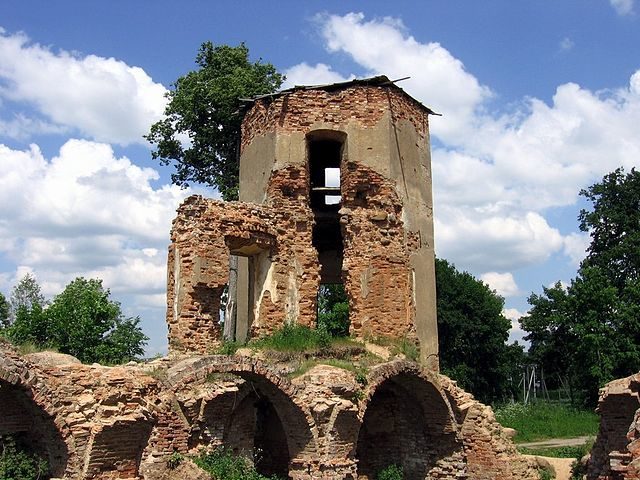
Unfortunately, the glory days of the castle ended in the first half of the 18th century. The complex was heavily demolished by the Swedes during the Northern War (1700- 1721). Since than it is left abandoned. Today parts of it still stand proudly and tell its rich past.
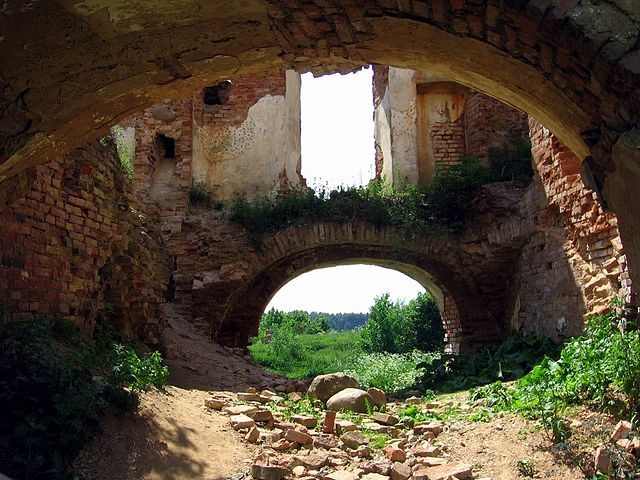
The site is slowly crumbling, waiting for the much needed restoration and preservation as the forces of nature slowly swallow the ruins. If the process continues with the similar tempo, traces of the rich history of the region will be gone forever, and the castle only a shadow of a memory.
If that happens the oral legends and stories about the castle would be the only remainder of this medieval structure. Among the stories there is one that tells about the secret tunnel that connected the castle and the town. There are also stories from modern times, like the one about the tragic death of a student who was part of the project of a deliberate demolition of the castle during the Soviet era.
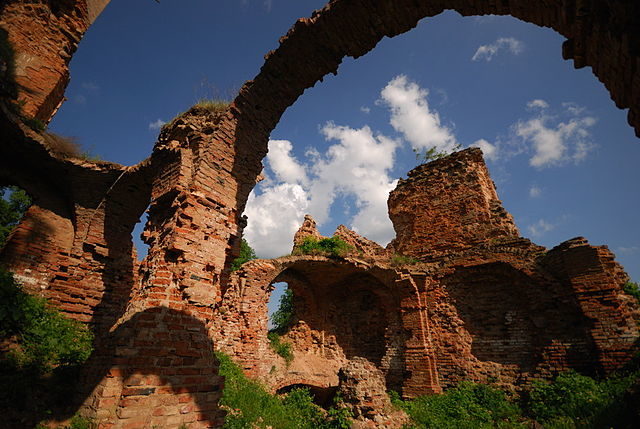
But the surviving parts are more than enough to make a picture in people’s minds about the former majestic look of the castle. Although there are piles of bricks and stones scattered around and great parts of the ruined walls are overgrown with vegetation, the castle still radiates with mystical energy. The ruined appearance of the castle has inspired many artists, poets and writers, as well ordinary visitors, throughout the years. Even though in such a ruined state, there are parts of this precious piece of the past, including fireplaces, walls, spiral stairs, arches and columns, that are magically preserved to this day. And those parts vividly speak about the building techniques of the distant past.
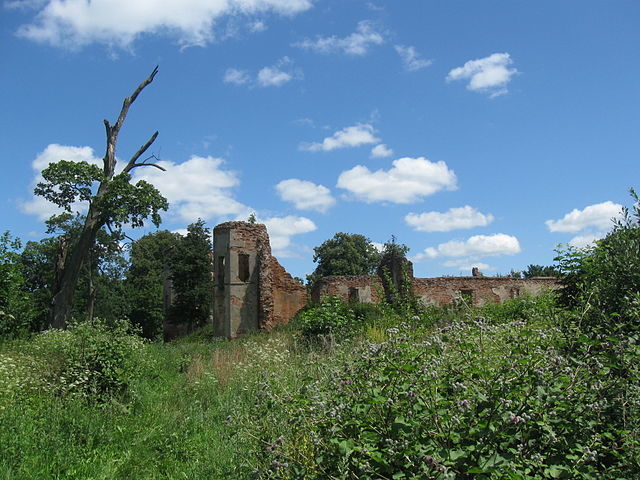
Urgent preservation of the ruins were done in the recent years. The current level of the ground in the central part of the castle is actually its second floor. The first floor is buried approximately 6.5 ft under ground. There are plans for a systematic excavation to expose the entire hidden romantic beauty of the castle. But will reconstruction work with modern materials destroy its soul and disturb the peace of the ghosts of the past that still wander along its ruined corridors and under the vaults? The site is fenced for the safety of the visitors and to protect the ruins from additional damaging during unexpected night visits. No matter how strange it sounds, the fact that it is not restored makes it especially fascinating.
